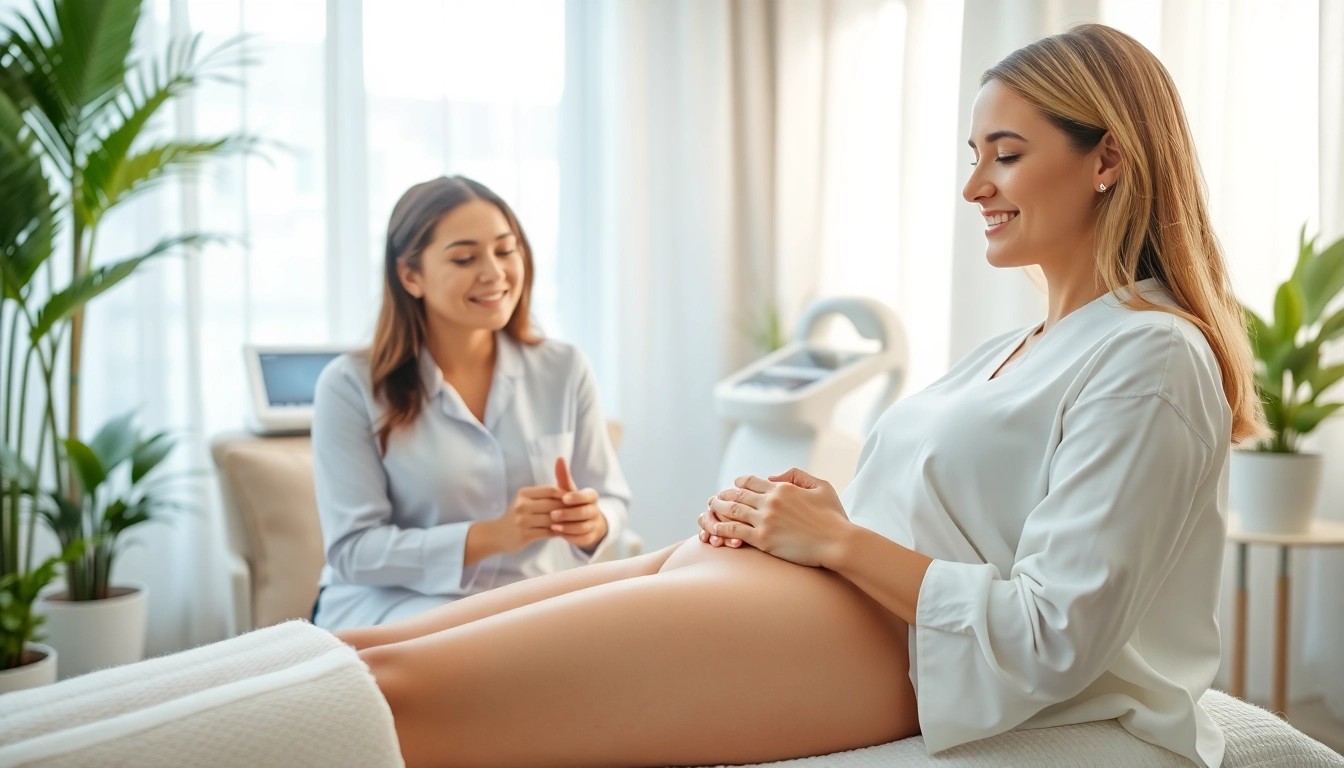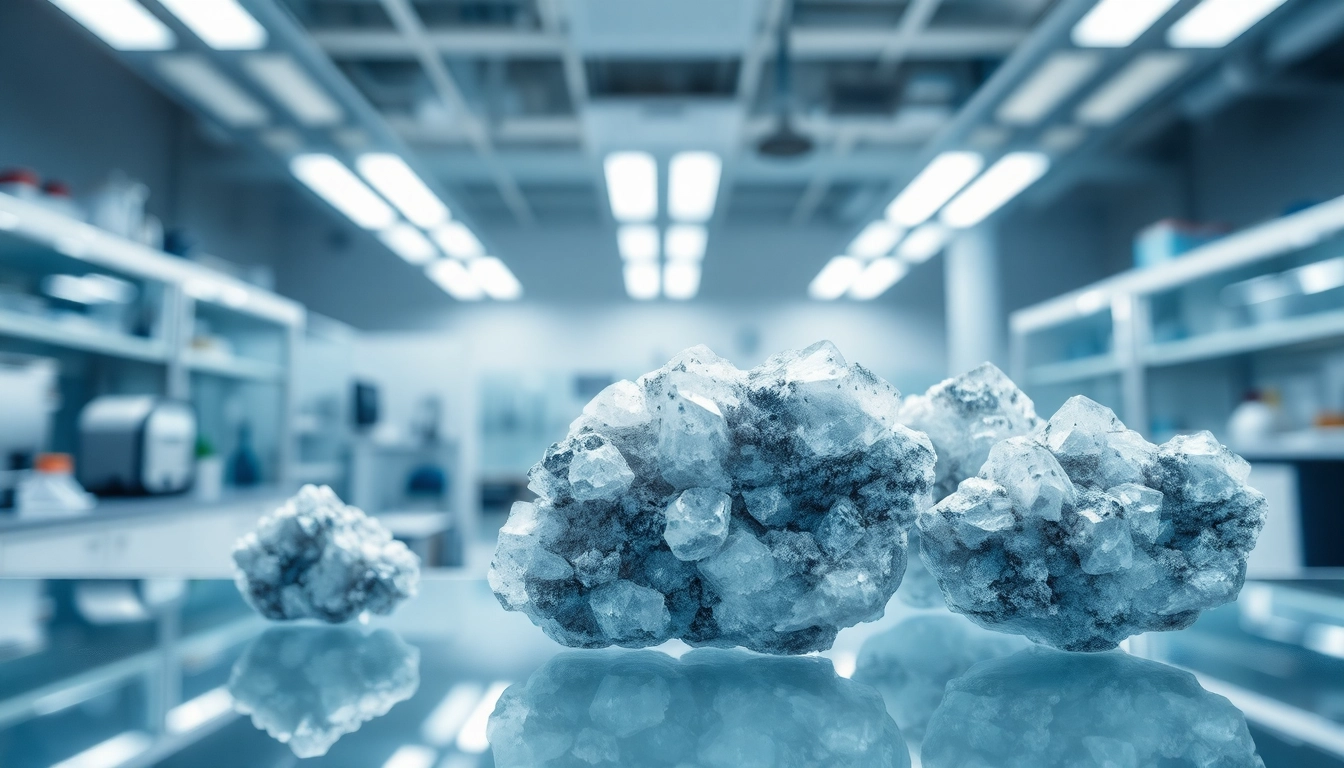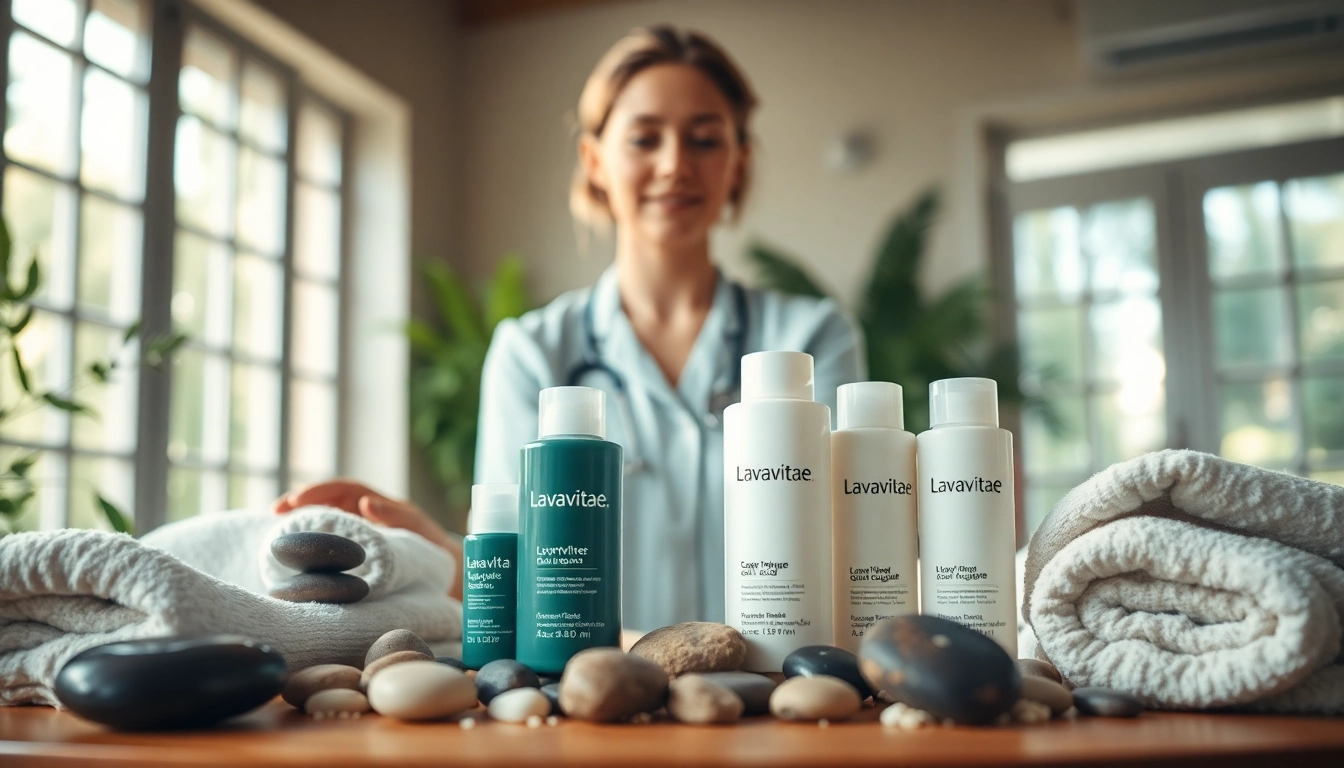Understanding Cellulite: Causes and Types
Cellulite is a common cosmetic concern affecting many individuals, especially women. Often described as a dimpled or lumpy texture on the skin, cellulite typically appears on the thighs, buttocks, and abdomen. Understanding the underlying factors contributing to cellulite formation can inform effective cellulite therapy options available today. This article delves deep into the science of cellulite, its different types, and the factors influencing its development.
The Science Behind Cellulite Formation
At its core, cellulite is the result of interactions between the connective tissue and fat cells beneath the skin. These interactions can create a bumpy or dimpled appearance. Connective tissue is composed of collagen fibers anchoring the skin to the underlying muscle; when fat cells push through these fibers, the skin takes on a textured appearance. Hormones, genetics, and lifestyle choices can significantly influence how this process occurs.
Different Types of Cellulite Explained
Cellulite is generally categorized into three types:
- Soft Cellulite: This type appears in areas with a larger fat deposit, usually displaying a softer texture. It is more common in individuals who are overweight and can be improved with weight loss.
- Hard Cellulite: Often seen in athletes, it presents as firmer and more problematic to treat. It is a result of increased muscle tone combined with underlying fat deposits.
- Edematous Cellulite: This type is characterized by swelling and is typically accompanied by poor circulation and other vascular issues. It tends to present as a more puffy texture.
Factors Contributing to Cellulite Development
Understanding the factors contributing to cellulite development is crucial for effective management. These include:
- Genetics: Family history plays a significant role, as inherited traits can dictate skin texture and fat distribution.
- Hormonal Factors: Hormones like estrogen and insulin may influence fat accumulation and tissue structure, particularly in women.
- Diet and Lifestyle: High carbohydrate diets, sedentary lifestyles, and inadequate hydration can exacerbate the cellulite appearance.
- Age: As skin loses elasticity with age, cellulite can become more prominent.
Evaluating Cellulite Therapy Options
When it comes to addressing cellulite, various therapies offer unique benefits and considerations based on individual needs and skin types. This section evaluates different therapy options ranging from non-invasive methods to more intensive interventions.
Non-invasive Cellulite Therapy Methods
Non-invasive methods are often the first line of treatment for those looking to improve the appearance of cellulite without undergoing surgical procedures. Popular non-invasive methods include:
- Topical Treatments: Creams and lotions that contain caffeine or retinoids can temporarily improve skin appearance, although results may be limited and require consistent application.
- Massage and Therapy: Techniques such as lymphatic drainage massage can promote blood circulation and toxin removal, thereby improving skin texture.
- Radiofrequency Therapy: This treatment uses radio waves to induce tissue heating, promoting collagen production and improving skin elasticity.
- Ultrasound Therapy: Utilizing sound waves, this therapy can break down fat cells and improve circulation.
Minimally Invasive Techniques for Lasting Results
For individuals seeking more pronounced results, minimally invasive techniques provide an attractive option. These include:
- Cellfina: A proprietary technique that entails subcision to release the fibrous bands causing the dimpled appearance. It has shown efficacy in reducing the visibility of cellulite for years.
- Laser Treatments: Laser therapies often involve the application of heat beneath the skin, stimulating collagen production and targeting fat cells.
- Injectable Treatments: Some injectable treatments can temporarily eliminate fat under the skin, contributing to a smoother appearance.
Comparing Popular Treatments Effectiveness
Each treatment’s effectiveness can vary greatly among individuals due to multiple factors such as the type of cellulite, skin type, and personal health. However, clinical studies indicate that:
- Cellfina has shown promising results with a satisfaction rating of about 94% after two years.
- Laser treatments like SmoothShapes demonstrate substantial improvement in skin smoothness shortly after treatment.
- Non-invasive methods, while effective for minor cases, usually require consistent maintenance and lifestyle changes to sustain results.
Lifestyle Changes to Support Cellulite Therapy
Cellulite therapy can be significantly enhanced by adopting a healthier lifestyle. Integrating specific dietary choices and exercise routines can concurrently improve skin appearance and overall wellness.
Healthy Diet Choices for Skin Improvement
A balanced diet rich in nutrients can impact skin health and the appearance of cellulite. Consider the following:
- Increase Antioxidant-rich Foods: Fruits and vegetables are essential for combating free radicals that can damage skin structure.
- Hydration: Drinking ample water helps maintain skin elasticity and flushes out toxins.
- Healthy Fats: Incorporating omega-3 fatty acids found in fish, nuts, and seeds can support skin health.
- Avoid Excessive Sugars and Processed Foods: High sugar intake may lead to inflammation and fat accumulation, worsening cellulite visibility.
Exercise Routines that Target Cellulite Reduction
Regular physical activity plays a crucial role in maintaining a healthy weight and improving skin elasticity. Effective workouts include:
- Strength Training: Building muscle can replace fat, leading to a smoother skin appearance. Focus on exercises that target the lower body, such as squats and lunges.
- Cardiovascular Exercise: Activities like running, cycling, or swimming can facilitate weight loss and increase circulation, promoting healthier skin.
- High-Intensity Interval Training (HIIT): This form of exercise alternates between short bursts of intense activity and recovery, helping to burn fat effectively.
Hydration and Skin Care Tips
Proper hydration and skincare can enhance the results of cellulite therapy. Here are some guidelines:
- Daily Water Intake: Aim for at least 8 cups of water daily to keep skin hydrated.
- Moisturizing: Use creams containing hyaluronic acid or collagen-boosting ingredients to improve skin texture.
- Exfoliation: Regularly exfoliating your skin can enhance blood circulation and improve skin appearance.
What to Expect During Cellulite Therapy Sessions
Understanding what to expect during cellulite therapy can alleviate potential anxiety and enhance the overall experience. Here’s a breakdown of preparations and processes involved in treatment.
Preparation Steps for Your Cellulite Therapy
Preparing for treatment involves several practical steps:
- Consultation: Schedule a consultation to discuss your goals and evaluate the type of cellulite and suitable therapies.
- Avoid certain medications: Some medications can affect blood clotting. Discuss with your provider whether you need to pause any prescriptions before the procedure.
- Stay hydrated: Maintain hydration in the days leading to treatment, as it can support skin elasticity and healing.
What Happens During Treatment: Step-by-step
While the specifics vary depending on the chosen method, most treatments follow a general procedure:
- Pre-treatment assessment: The provider examines the area and may take before pictures for comparison post-treatment.
- Application of topical agent or anesthesia: For comfort, a topical anesthetic may be applied, and some therapies might require local anesthesia.
- The treatment: The technician applies the treatment using an appropriate device or technique, varying from massage to laser application.
- Post-treatment care: Initial results are often visible right after treatment, but maximum effects may take several weeks to manifest.
Post-treatment Care and Recovery Tips
Care after treatment is essential for the best results:
- Avoid strenuous exercise: For about 48 hours post-treatment, avoid intense workouts that could irritate treated areas.
- Moisturize: Keep the skin hydrated and apply any recommended topical products.
- Follow up: Attend follow-up appointments to track progress and determine if additional treatments are necessary.
Measuring Success: Results and Expectations from Cellulite Therapy
Understanding and measuring the success of your chosen therapy can help manage expectations and encourage ongoing wellness measures.
How to Track Progress After Treatment
Successful tracking can include:
- Photographic Evidence: Take regular photos to document changes over time.
- Skin Texture Assessment: Regularly check the treated areas for changes in dimpled appearance and skin smoothness.
- Feedback and Observations: Regularly note any subjective changes in how your skin feels and looks.
Common Myths vs. Facts about Cellulite Therapy
Several myths surround cellulite and its treatments that could mislead individuals:
- Myth: Only overweight individuals have cellulite. Fact: Cellulite can affect slim individuals as well due to factors beyond weight.
- Myth: All creams can eliminate cellulite. Fact: While some may improve appearance, no topical treatment fully eliminates cellulite.
- Myth: Cellulite therapies yield instant results. Fact: Many treatments require time and multiple sessions for significant improvements.
When to Seek Follow-up Treatments
After the initial treatment, individuals should consider follow-up sessions based on:
- The initial treatment’s results and longevity.
- Personal goals for skin appearance as defined during consultations.
- Any changes in skin condition or appearance noted over time.















Leave a Reply